Introduction:
Are you considering adding a feathered friend to your household alongside your beloved cockatiel? Finding the right avian companion can be a rewarding experience, but it’s essential to choose a bird species that will harmonize well with your cockatiel’s temperament and lifestyle. In this comprehensive guide, we’ll explore 10 species of birds that get along with cockatiels perfectly, offering insights into their compatibility, care requirements, and suitability for different types of owners.
Birds that get along with cockatiels perfectly:
Budgerigars (Budgies):
Why and How: Budgerigars, commonly known as budgies, are one of the most popular pet bird species worldwide. Their playful and sociable nature makes them an excellent match for cockatiels. Budgies and cockatiels can form strong bonds, engaging in mutual preening and playful interactions. Their similar size and gentle disposition contribute to a harmonious coexistence.
Considerations: Watch for potential dominance issues if housing males together. Ensure adequate space and enrichment to prevent boredom.
Owner Suitability: For first-time bird owners or those with limited space, a budgie and cockatiel pair can be an ideal choice. Both species have relatively low maintenance requirements and can thrive in standard-sized cages. However, it’s crucial to monitor their interactions initially to ensure compatibility, as individual personalities may vary.
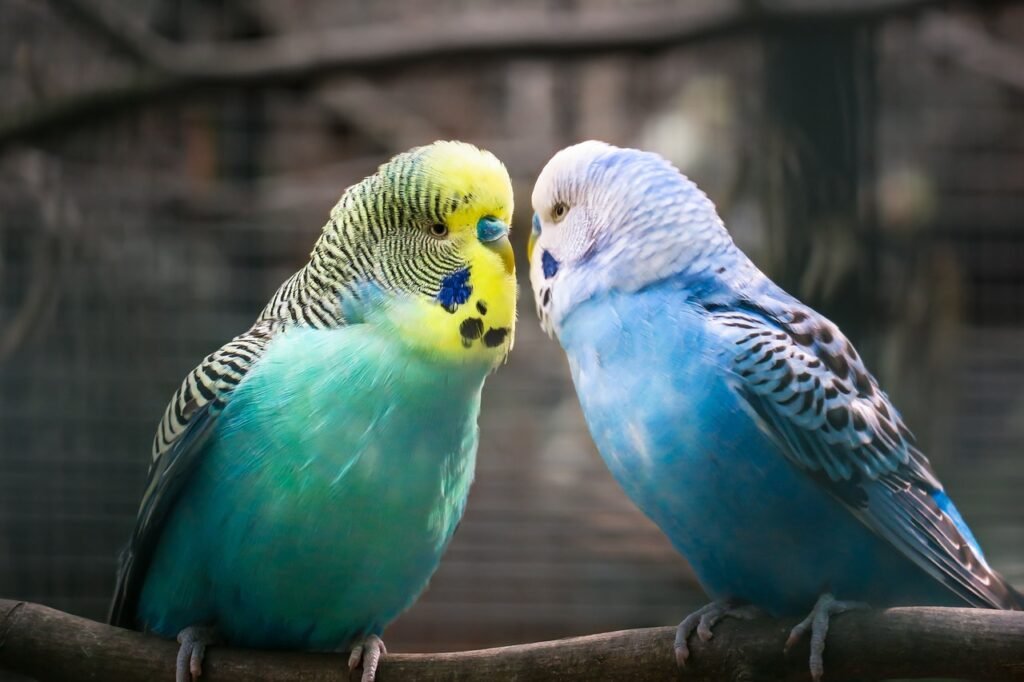
Lovebirds:
Why and How: Lovebirds are known for their affectionate behavior and can form deep bonds with cockatiels. They enjoy interactive play and can share a cage with cockatiels comfortably.
Considerations: Monitor for any territorial behavior, especially during breeding season. Ensure adequate space to accommodate both species.
Owner Suitability: Suitable for owners looking for affectionate and playful birds. Recommended for those with space for a larger cage and time for social interaction.

Parrotlets:
Why and How: Parrotlets may be small in size, but they possess big personalities and boundless energy. These pint-sized parrots are known for their bold and curious nature, making them intriguing companions for cockatiels. Despite their differences in appearance, parrotlets and cockatiels can form strong bonds based on mutual exploration and play.
Considerations: Watch for any aggressive behavior, especially during initial introductions. Provide separate feeding stations to prevent competition.
Owner Suitability: Ideal for owners seeking an active and engaging avian pair, parrotlets and cockatiels thrive in environments enriched with toys, perches, and mental stimulation. While their interactions may initially involve some posturing and territorial behavior, most pairs eventually establish a harmonious relationship built on mutual respect and companionship.
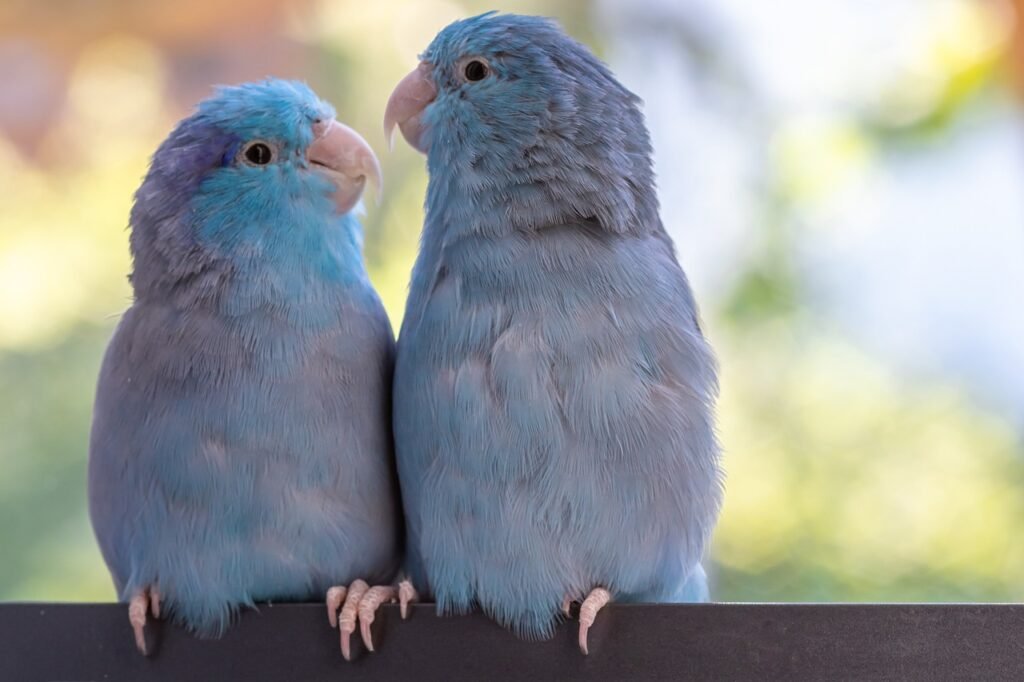
Canaries:
Why and How: Canaries are beloved for their melodic songs and vibrant plumage, adding both auditory and visual appeal to any bird enthusiast’s collection. While not as interactive as some other species, canaries can coexist peacefully with cockatiels, especially in spacious aviaries or multi-bird households.
Considerations: Ensure adequate space to prevent crowding, as canaries prefer flying space. Monitor for any compatibility issues, especially with male canaries during breeding season.
Owner Suitability: Ideal for owners appreciative of visual and auditory beauty. Suitable for those with larger cages or aviaries. Owners drawn to the tranquil beauty of canaries will find them to be compatible companions for cockatiels, particularly in environments where ample space and natural light are available. However, it’s essential to provide separate feeding stations and nesting areas to prevent potential conflicts over resources.

Finches (e.g., Zebra Finches or Society Finches):
Why and How: Finches are peaceful birds that complement the sociable nature of cockatiels. Finches encompass a diverse group of small, seed-eating birds known for their acrobatic flight and intricate vocalizations. Zebra finches and society finches, in particular, are popular choices for avian enthusiasts seeking compatible companions for cockatiels. Their peaceful demeanor and sociable nature make them excellent additions to mixed-species aviaries.
Considerations: Avoid pairing with aggressive finch species. Provide ample space and multiple feeding stations to prevent competition.
Owner Suitability: Suitable for owners seeking a harmonious aviary environment with a variety of bird species. Ideal for those with space for multiple perches and nesting areas.
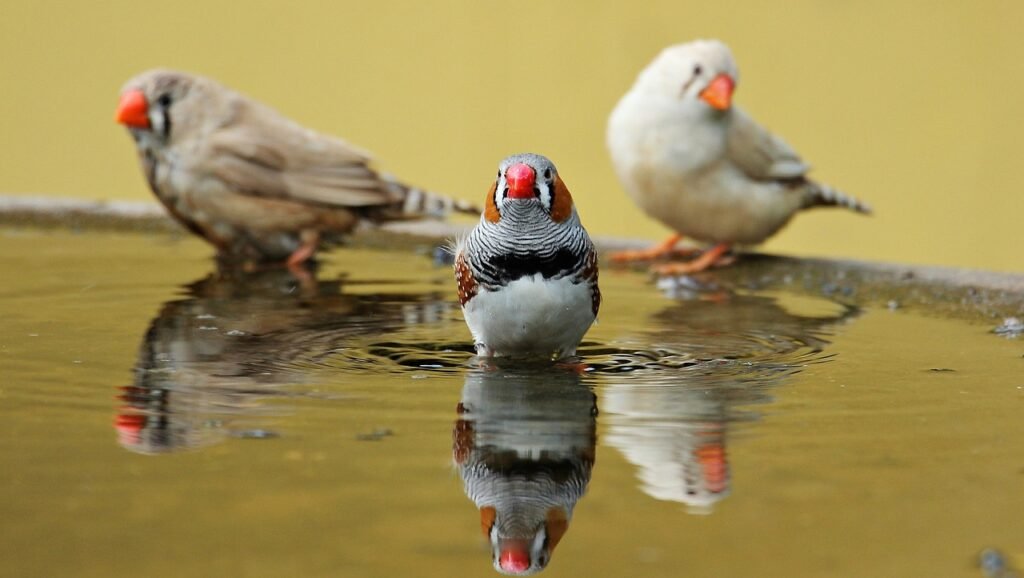
Green-Cheeked Conures
Why and How: Green-cheeked conures are prized for their playful personalities, vibrant plumage, and remarkable intelligence. While slightly larger than cockatiels, they share similar social tendencies, making them well-suited companions for these affable birds. Green-cheeked conures and cockatiels often engage in lively interactions, including mutual preening and vocalizations.
Considerations: Monitor for any territorial behavior, especially during hormonal periods. Provide ample toys and enrichment to prevent boredom.
Owner Suitability: Suitable for owners seeking energetic and engaging birds. Recommended for those with larger cages and time for social interaction. Additionally, supervision during the initial introduction phase can help foster positive interactions and prevent potential conflicts.
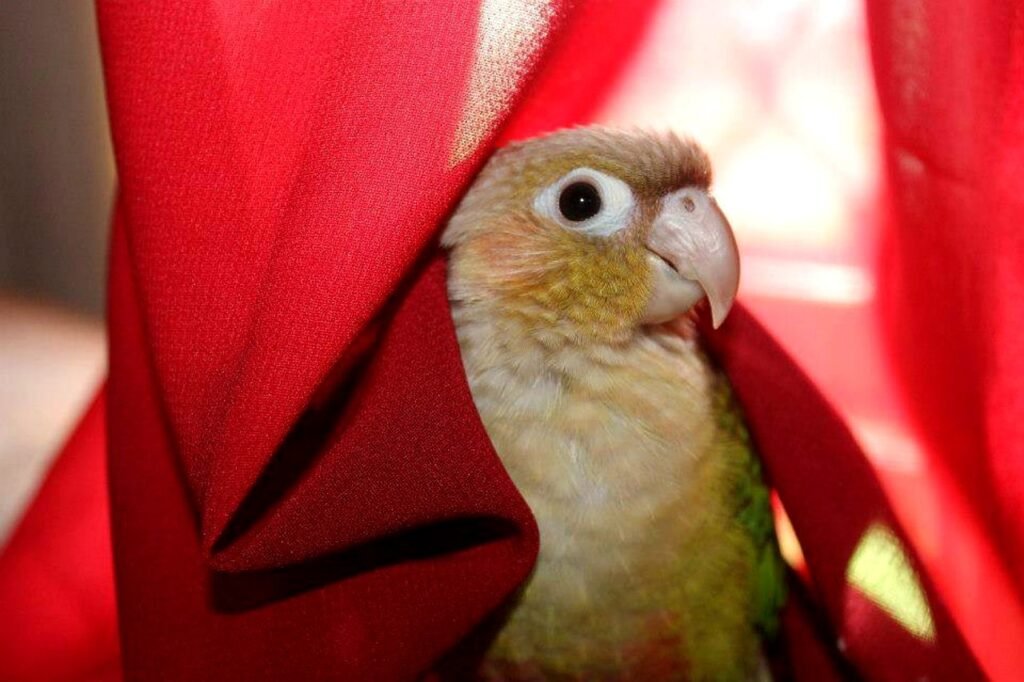
Bourke’s Parrots:
Why and How: Bourke’s parrots, also known as Bourke’s parakeets, are gentle and unassuming birds native to Australia. Their subdued demeanor and pastel plumage make them charming companions for cockatiels, especially in tranquil household environments. Bourke’s parrots and cockatiels often coexist peacefully, sharing space and engaging in quiet interactions.
Considerations: Ensure compatibility between individual birds, as some may prefer solitude. Provide multiple perches and hiding spots.
Owner Suitability: Ideal for owners seeking gentle and visually appealing birds. Owners seeking a serene and low-maintenance avian pairing will appreciate the understated elegance of Bourke’s parrots and cockatiels.
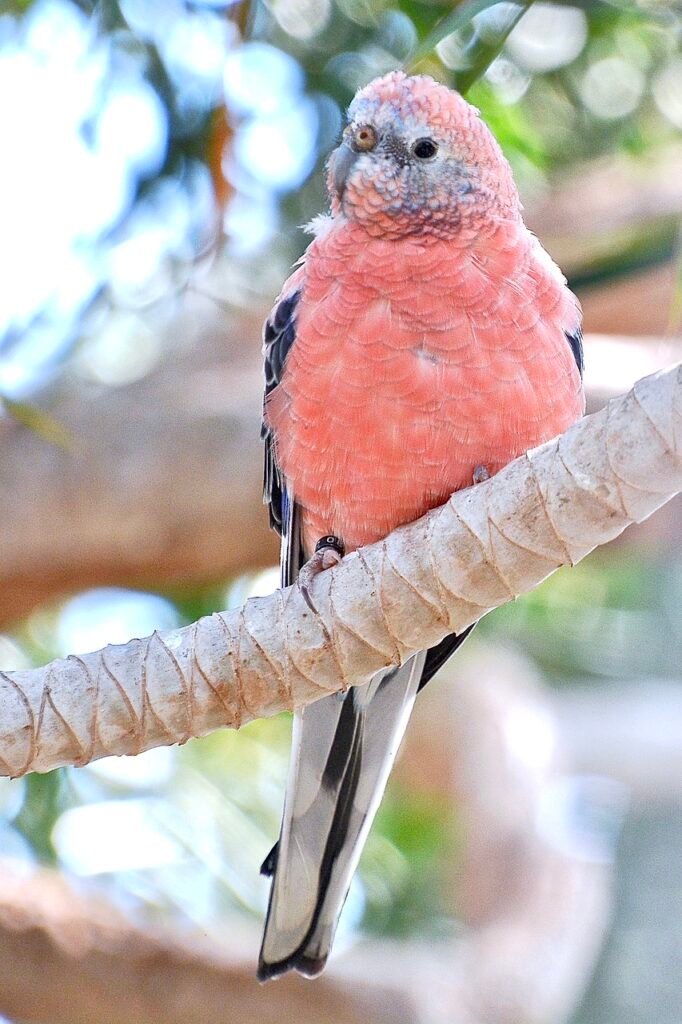
Bourke’s as a companion
Lineolated Parakeets (Linnies):
Why and How: Lineolated parakeets, affectionately known as linnies, are prized for their gentle disposition and captivating vocalizations. Despite their shy demeanor, linnies can form strong bonds with cockatiels, particularly in environments conducive to social interaction and enrichment. Their calm and amiable nature makes them ideal companions for households seeking a peaceful avian pairing.
Considerations: Monitor for any territorial behavior, especially during nesting periods. Provide adequate space for flight and exploration.
Owner Suitability: Suitable for owners seeking peaceful yet interactive birds. Recommended for those with space for multiple perches and toys.
Diamond Doves:
Why and How: Diamond doves are renowned for their soft cooing calls and delicate appearance, adding a touch of serenity to any aviary or household. Their calm and unassuming nature makes them ideal companions for quieter households or individuals seeking a tranquil avian presence.
Considerations: Ensure compatibility, as some may be shy or prefer solitude.
Owner Suitability: Owners drawn to the subtle beauty of diamond doves will appreciate their compatibility with cockatiels, particularly in environments where space may be limited. Providing ample flight space and natural perches will allow these graceful birds to thrive and flourish.
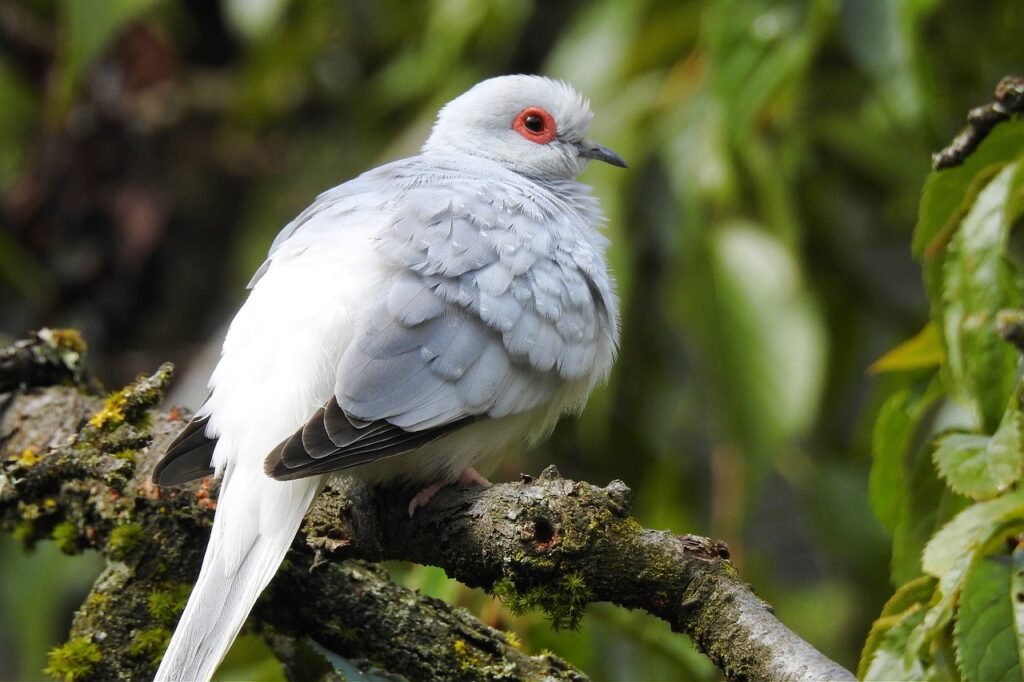
Quaker Parrots (Monk Parakeets)
Why and How: Quaker parrots, also known as monk parakeets, are renowned for their inquisitive nature, remarkable intelligence, and charming personalities. While slightly larger than cockatiels, they share similar social tendencies, making them compatible companions for these affable birds. Quaker parrots and cockatiels often engage in spirited interactions, including playful games and vocalizations.
Considerations: Monitor for any territorial behavior.
Owner Suitability: For owners seeking a dynamic and engaging avian duo, quaker parrots and cockatiels offer a vibrant partnership.
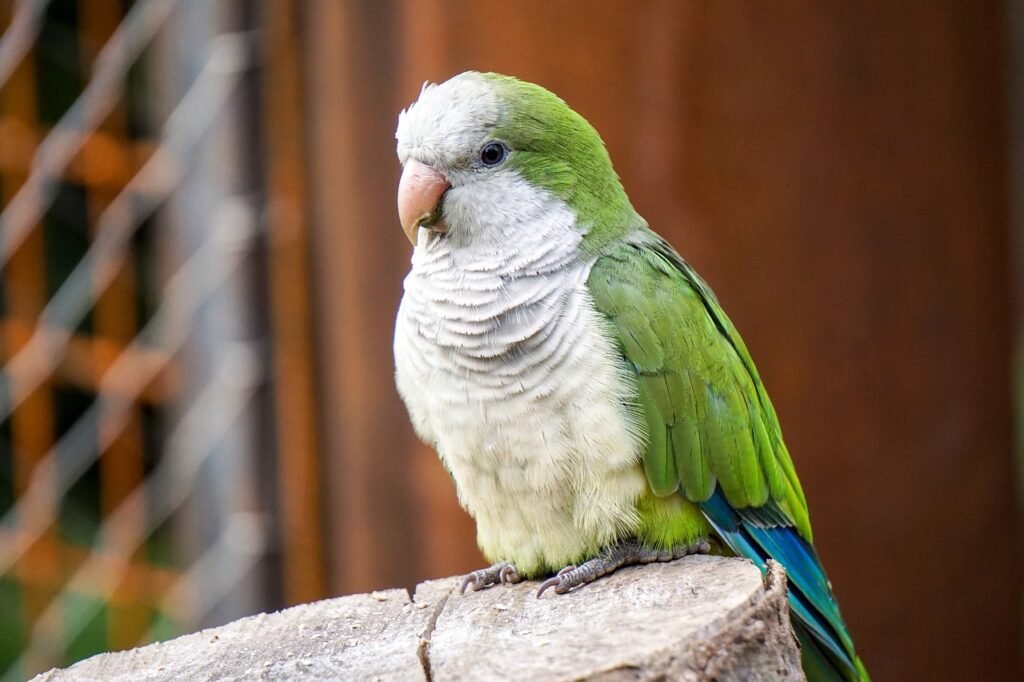
Things to Consider
When considering adding a new bird companion to your household, several factors should be taken into account:
Cost: Consider the initial purchase cost of the bird, as well as ongoing expenses such as food, toys, and veterinary care.
Apartment Size: Larger birds may require more space, but suitable setups can be accommodated in apartments with appropriate cage sizes and noise considerations.
Commitment Level: Birds are long-term companions that require daily care, social interaction, and mental stimulation.
Nutritional Requirements: Varied diet including seeds, pellets, fresh fruits, and vegetables is essential for optimal health.
Supervision: Monitor your birds’ interactions, especially during the initial introduction phase, to prevent potential conflicts and ensure a harmonious relationship.
Conclusion: Birds that get along with cockatiels
Among the birds mentioned, Budgerigars (Budgies) are perhaps the best companion for cockatiels due to their similar size, temperament, and social nature. However, other species such as Lovebirds, Parrotlets, Canaries, Finches, Green Cheeked Conures, Bourke’s Parrots, Lineolated Parakeets, Diamond Doves, and Quaker Parrots can also coexist harmoniously with cockatiels under the right conditions.
Frequently Asked Questions (FAQs)
1.Can cockatiels live with other bird species?
Yes, cockatiels can live harmoniously with a variety of other bird species, including budgies, lovebirds, parrotlets, canaries, finches, conures, Bourke’s parrots, linnies, diamond doves, and quaker parrots.
2. How do I introduce a new bird to my cockatiel?
When introducing a new bird to your cockatiel, it’s essential to proceed gradually and monitor their interactions closely. Start by placing the birds’ cages near each other to allow them to become familiar with one another’s presence. Once they seem comfortable, you can gradually allow supervised interactions in a neutral space.
3. What should I do if my birds don’t get along?
If your birds don’t get along initially, don’t force their interactions. Provide separate cages and gradually reintroduce them over time, allowing them to become accustomed to each other’s presence without feeling threatened. Patience, positive reinforcement, and careful supervision are key to fostering a harmonious relationship between birds.
4. Are there any bird species that cockatiels should not be housed with?
While cockatiels are generally compatible with a wide range of bird species, there are some exceptions. Avoid housing cockatiels with larger, more aggressive birds that may pose a threat to their safety. Additionally, birds with vastly different dietary or environmental requirements may not be suitable companions for cockatiels.
5. How can I prevent territorial behavior between my birds?
To prevent territorial behavior between birds, provide an enriched environment with plenty of space, perches, toys, and feeding stations to minimize competition. Additionally, ensure each bird has its own designated area for feeding and resting to prevent disputes over resources. Consistent training, positive reinforcement, and socialization can also help mitigate territorial behavior over time.
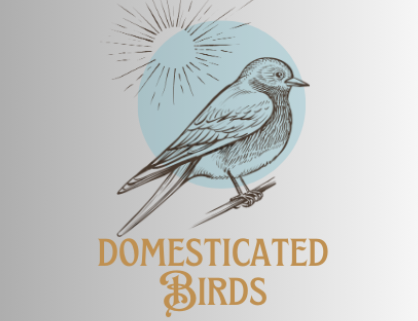
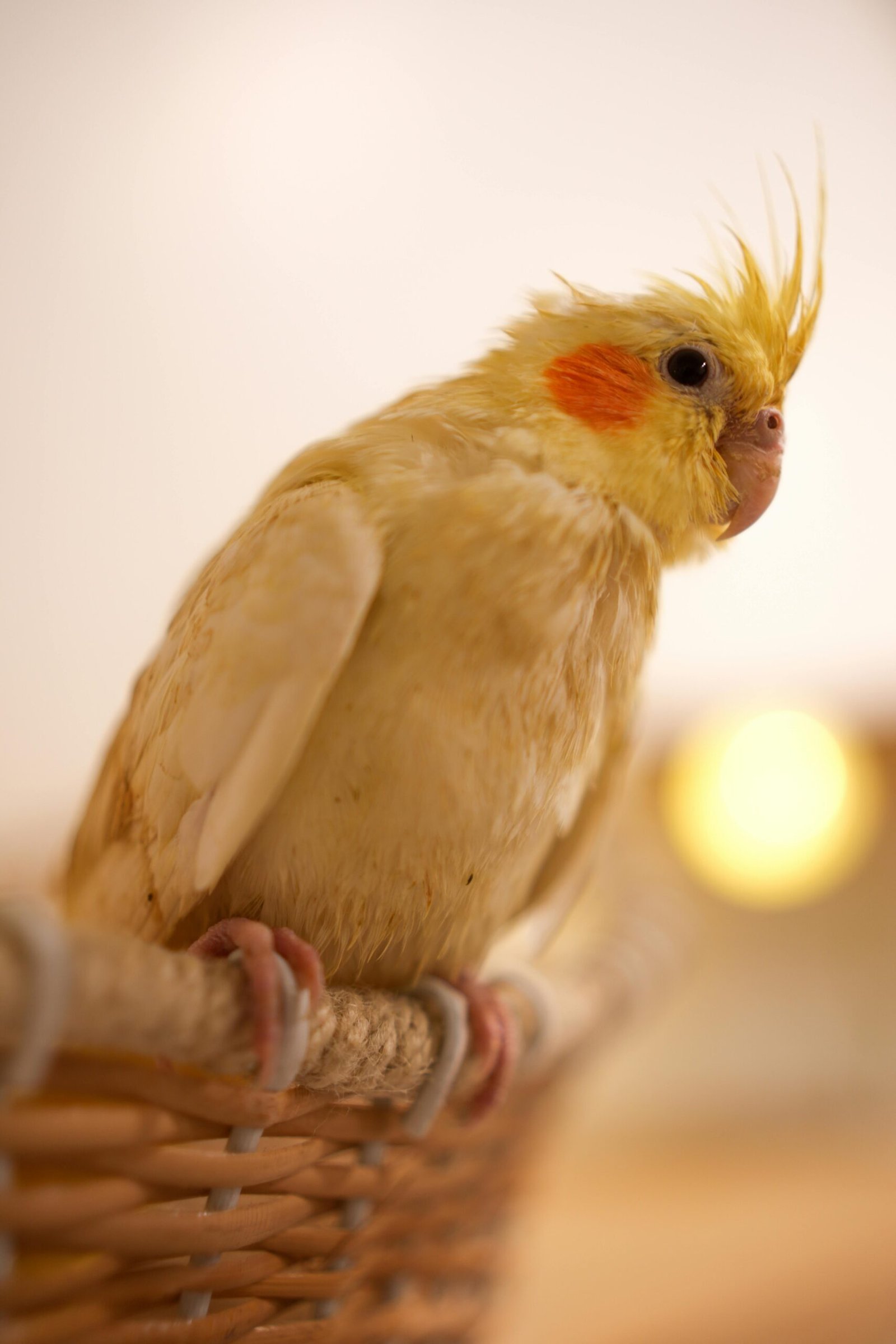
Wow, this piece of writing is good, myy younger sisterr
is analyzing thesee things, thus I am goingg to inform her.
pepsi mo salah https://www.mohamed-salah-az.com/ barcelona goal http://mohamed-salah-az.com/ .